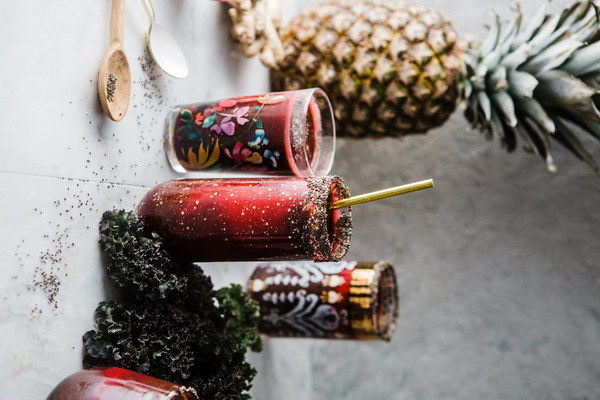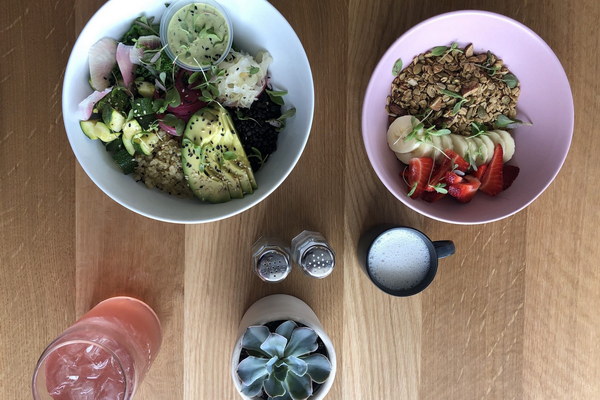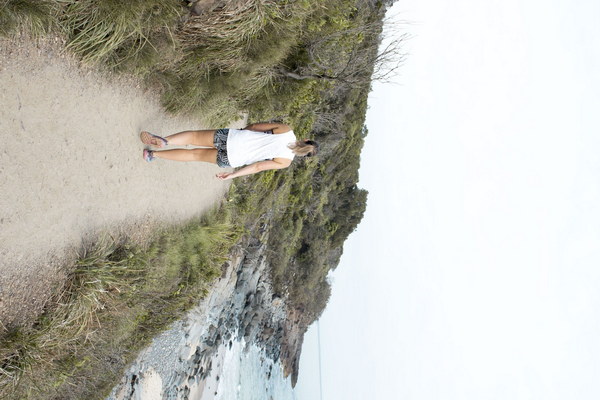Elevate Your Beauty Routine A Comprehensive Guide to Aesthetic Skincare Photography
In today's digital age, the art of skincare has taken center stage, and with it comes the need for captivating skincare photography. Whether you're a beauty enthusiast, a skincare brand, or a photographer looking to expand your portfolio, understanding the intricacies of aesthetic skincare photography is essential. This article will provide you with a comprehensive guide to elevate your beauty routine and capture the essence of skincare through stunning visuals.
1. Understanding the Purpose of Skincare Photography
Skincare photography serves multiple purposes, including showcasing products, educating consumers, and promoting a brand. To create compelling images, it's essential to understand your target audience and the message you want to convey. Whether you aim to highlight the effectiveness of a product or share skincare tips, your photography should reflect the values and mission of your brand or content.
2. Setting the Scene
The setting is a crucial element in skincare photography. Choose a location that complements the product or message you want to convey. Consider the following tips:
- Natural light: Utilize natural light to create soft, flattering images. If natural light isn't available, use a softbox or diffuser to achieve a similar effect.
- Clean background: A clean, uncluttered background helps focus the viewer's attention on the skincare product or subject.
- Minimalist approach: A minimalist setting can emphasize the product's features and benefits, making it more appealing to potential customers.
3. Selecting the Right Equipment
To capture high-quality skincare photography, you'll need the following equipment:
- Camera: A DSLR or mirrorless camera with a good sensor is ideal for creating sharp, detailed images.
- Lenses: A macro lens is essential for capturing the intricate details of skincare products. A wide-angle lens can be useful for showcasing the product in a larger context.
- Lighting: Softboxes, diffusers, and flash units are essential for creating a consistent and flattering light source.
- Tripod: A tripod ensures your camera remains steady, reducing the risk of blurred images.
4. Mastering the Art of Composition
A well-composed image captures the viewer's attention and communicates your message effectively. Consider the following composition techniques:
- Rule of thirds: Divide the image into nine equal segments, and position the main subject at the intersections or along the lines.
- Leading lines: Use natural or artificial lines to guide the viewer's eye through the image.
- Focal points: Place the most important elements of the image at the focal points to draw attention to them.

- Balance: Achieve a balance between the various elements in the image, ensuring it's not too cluttered or too sparse.
5. Capturing the Product
To showcase skincare products effectively, pay attention to the following aspects:
- Cleanliness: Ensure the product is free from dust, fingerprints, or other imperfections.
- Presentation: Arrange the product in an aesthetically pleasing manner, using props or packaging to highlight its features.
- Lighting: Use light to emphasize the texture, color, and shape of the product.
- Angle: Experiment with different angles to showcase the product's unique features and benefits.
6. Capturing the Subject
If your skincare photography involves a person, consider the following tips:
- Pose: Encourage your subject to maintain a natural, relaxed posture, avoiding awkward or forced poses.
- Expression: Capture an expression that conveys confidence and happiness, as this can be more appealing to viewers.
- Lighting: Soft, natural light is ideal for highlighting the subject's features and minimizing shadows.
- Background: Choose a background that complements the subject and enhances the overall composition.
7. Post-Processing
Post-processing can enhance your skincare photography by correcting exposure, adjusting color, and sharpening details. However, it's essential to maintain a natural look to avoid making the image look over-edited or unrealistic. Use the following tools and techniques:
- Adjusting exposure and color balance: Use the exposure slider and color balance settings to achieve the desired look.
- Sharpening: Apply sharpening to enhance the image's details, but avoid over-sharpening, as it can create a harsh or unnatural appearance.
- Cloning and healing: Use cloning and healing tools to remove blemishes or imperfections on the subject's skin.
In conclusion, mastering the art of aesthetic skincare photography requires attention to detail, a keen eye for composition, and an understanding of the various elements that contribute to a compelling image. By following this comprehensive guide, you'll be well on your way to creating stunning visuals that capture the essence of skincare and effectively communicate your message to your audience.









